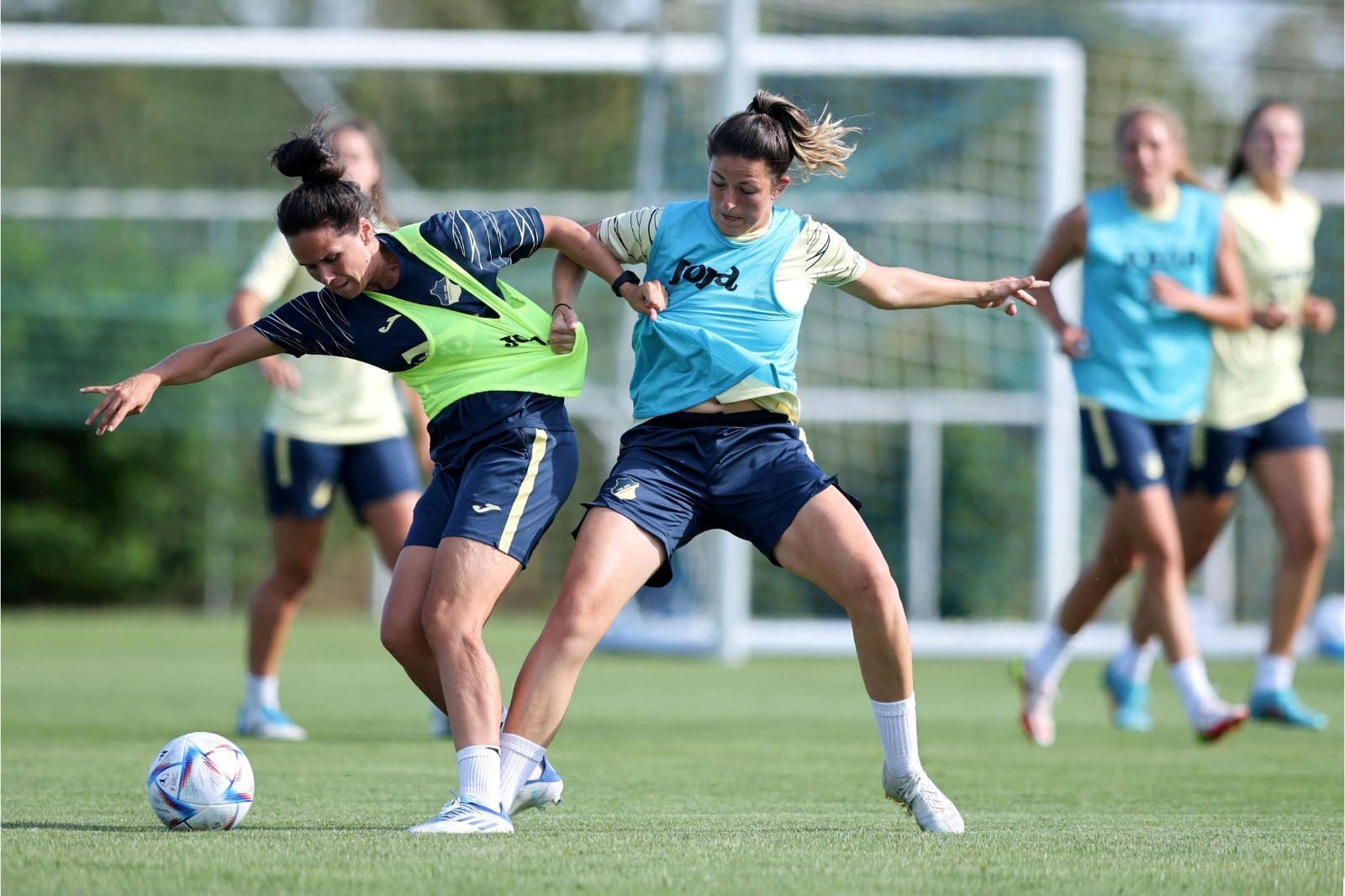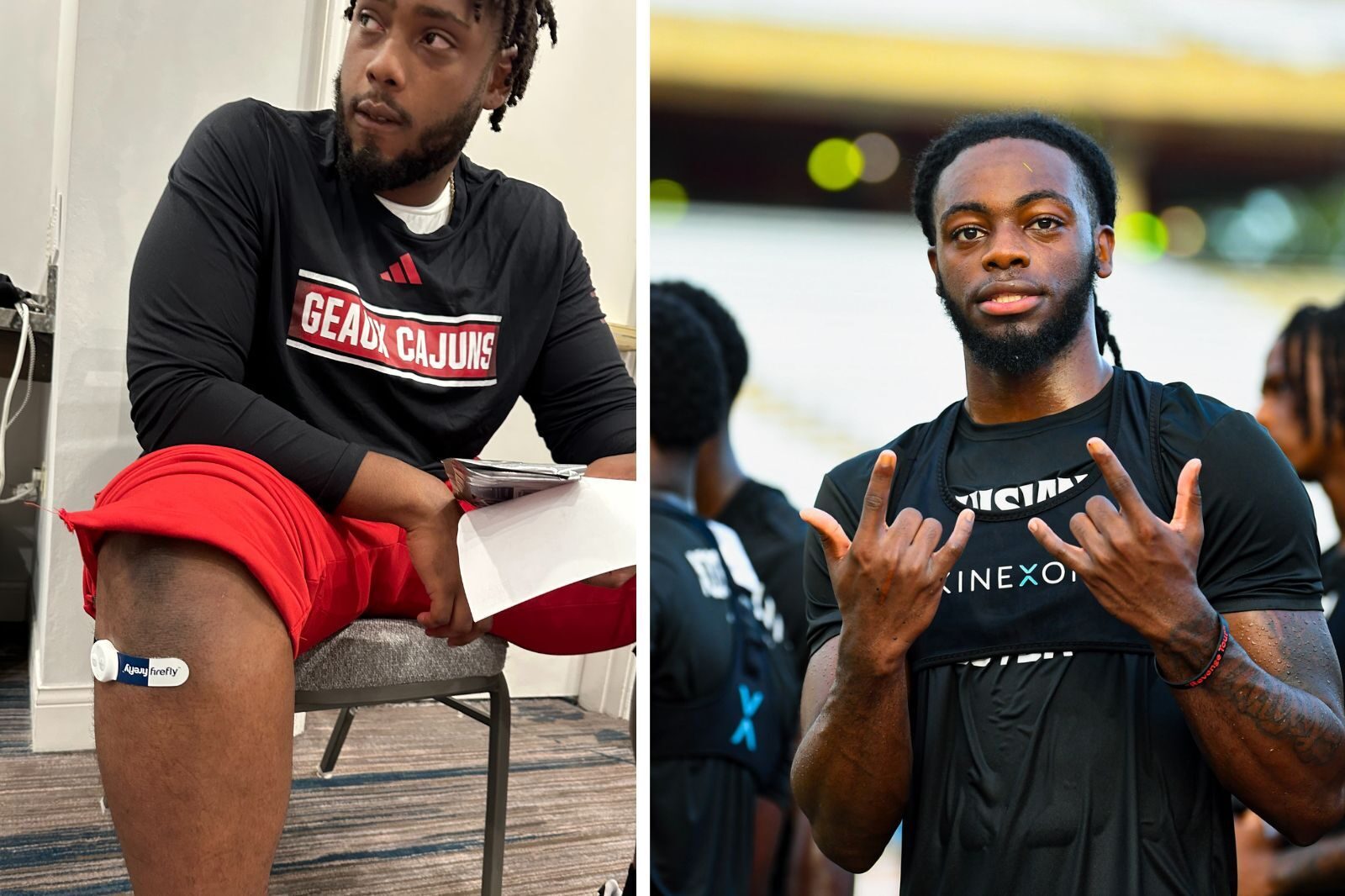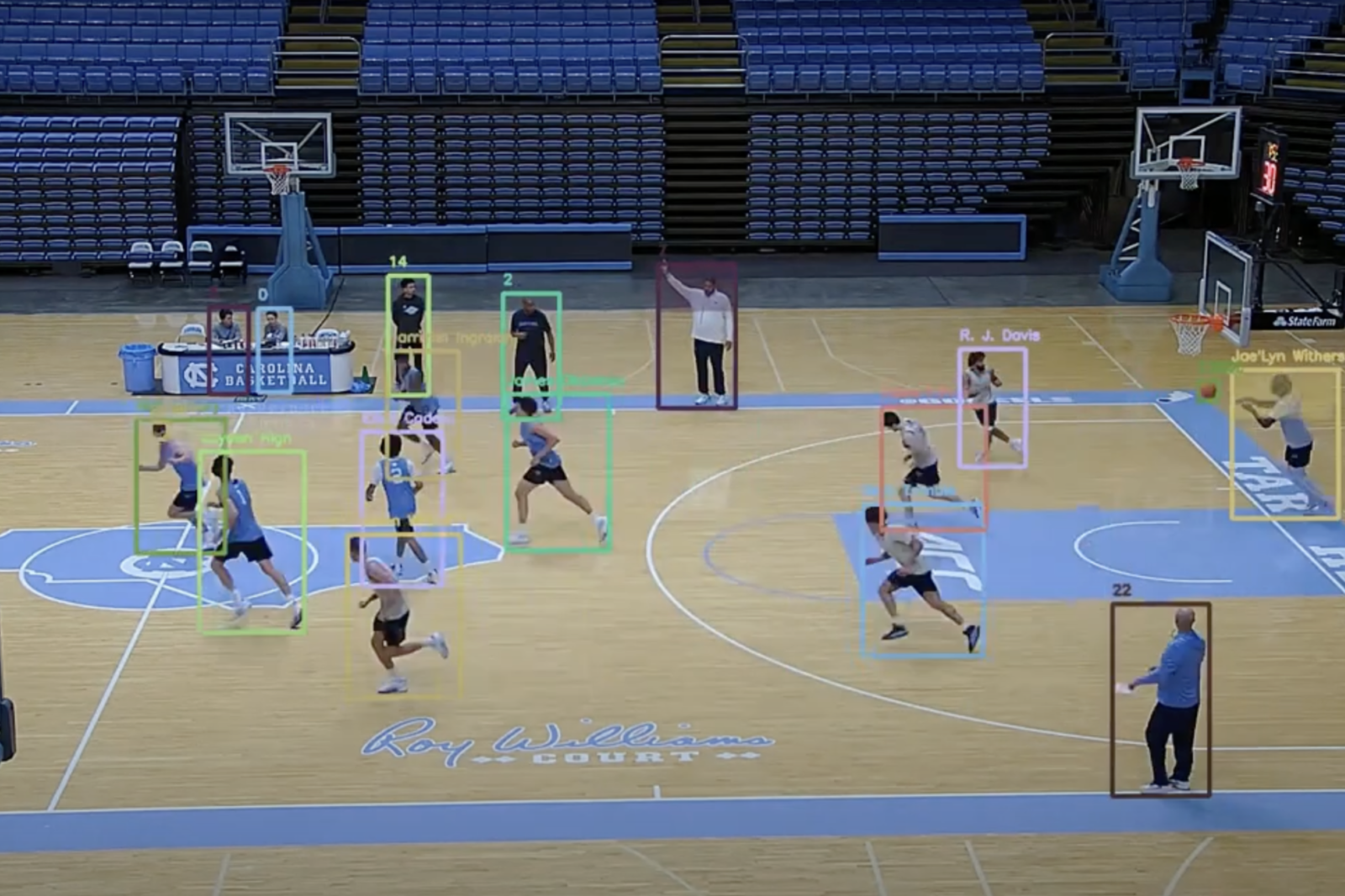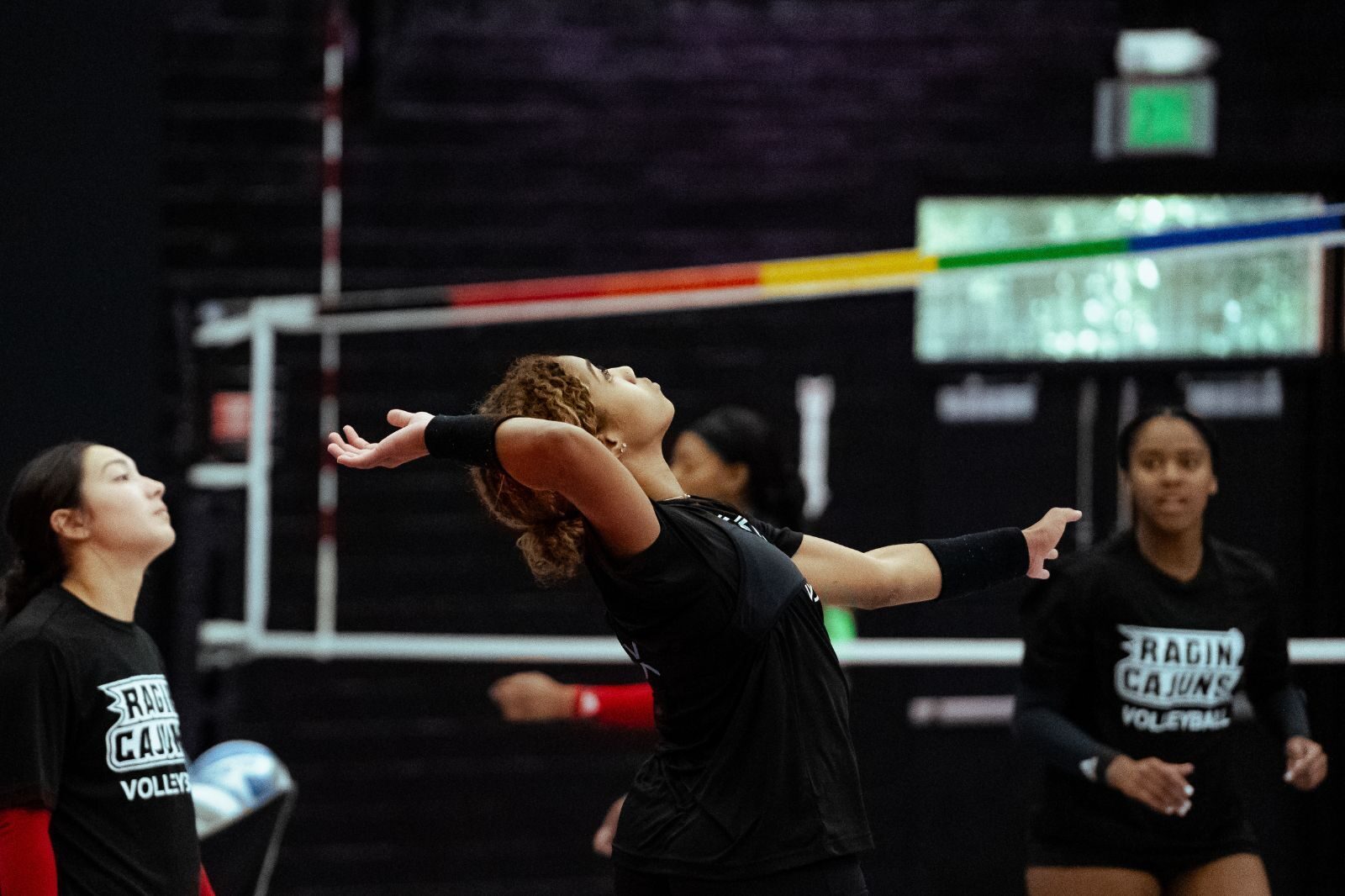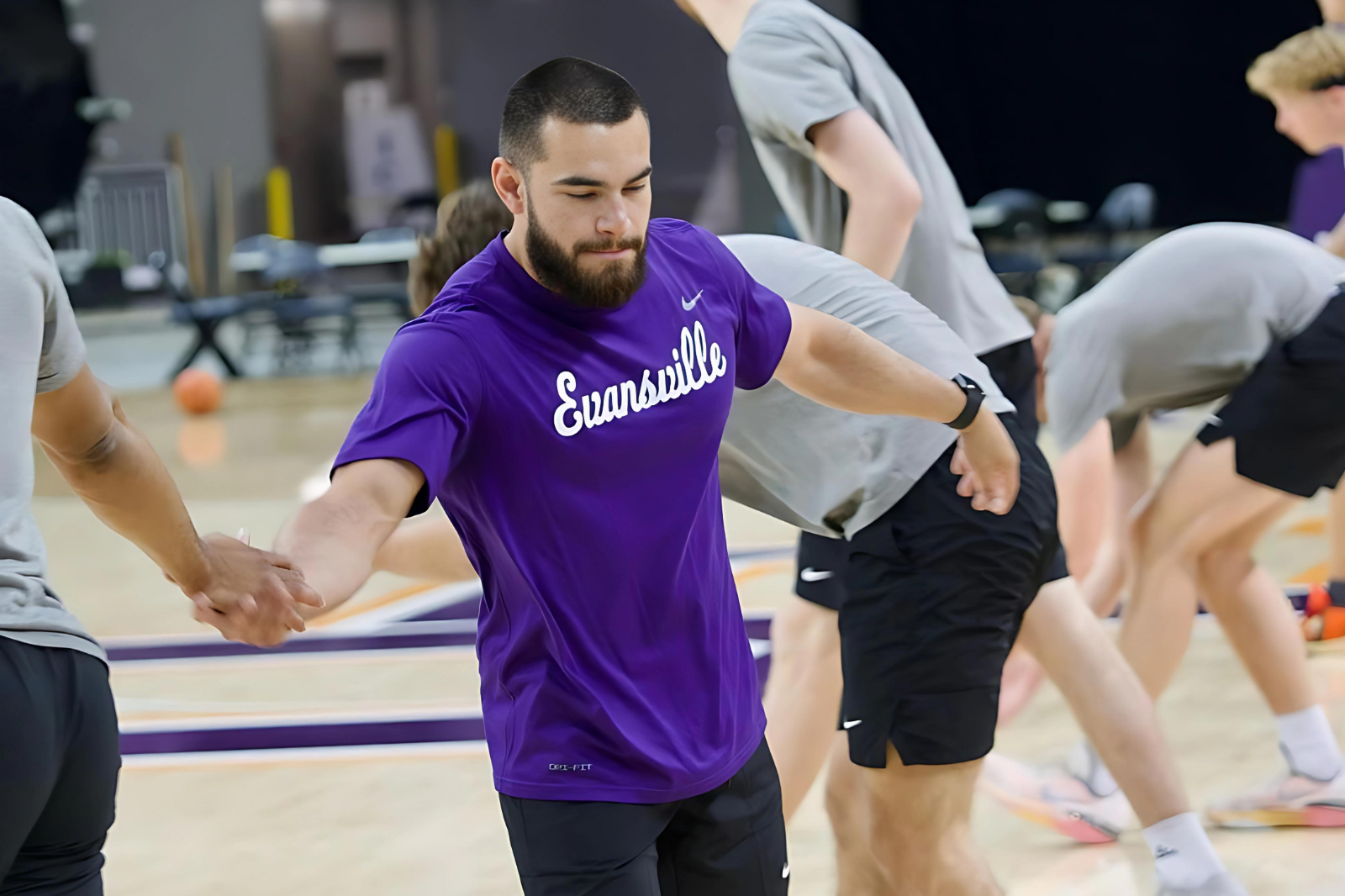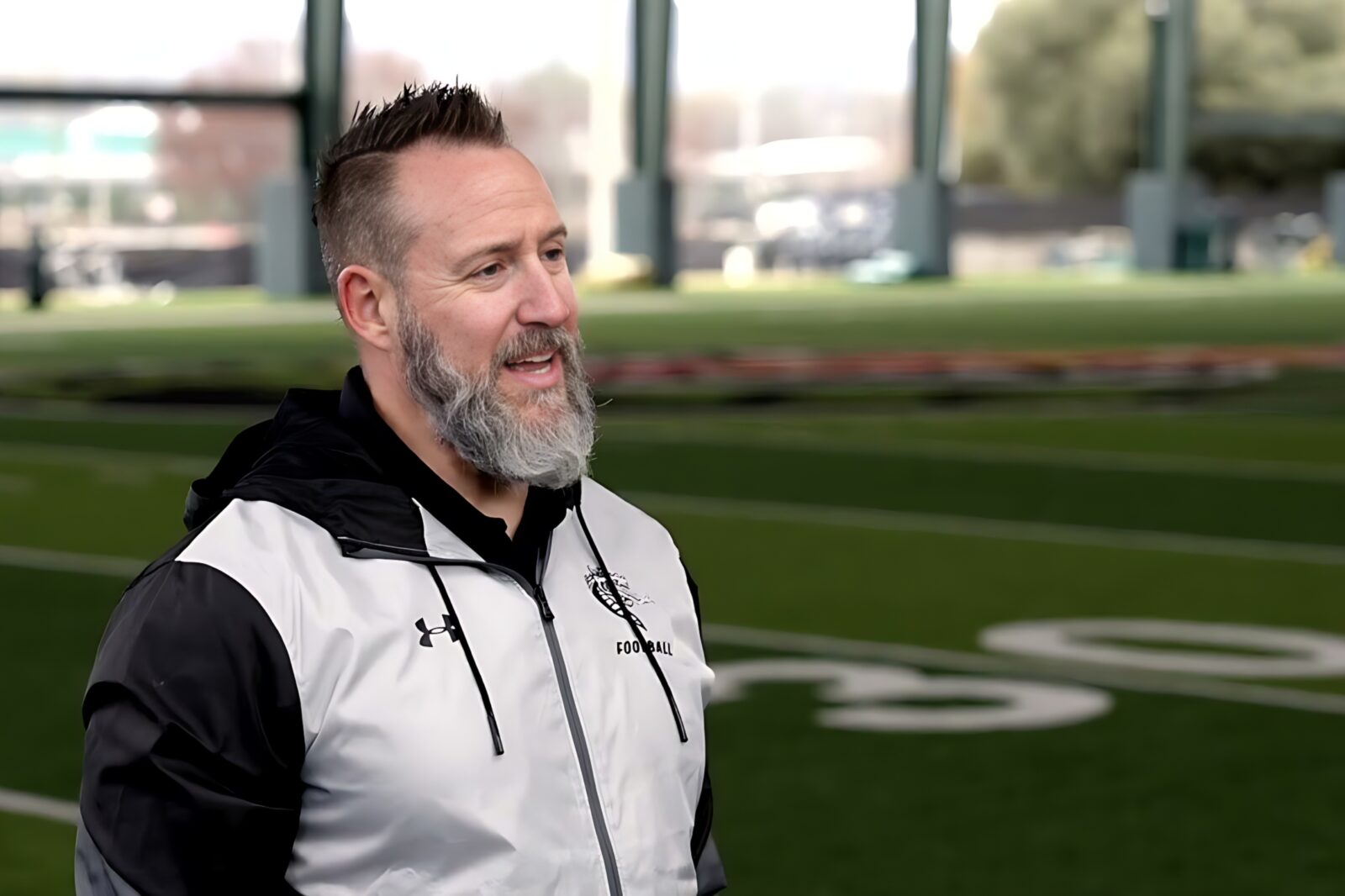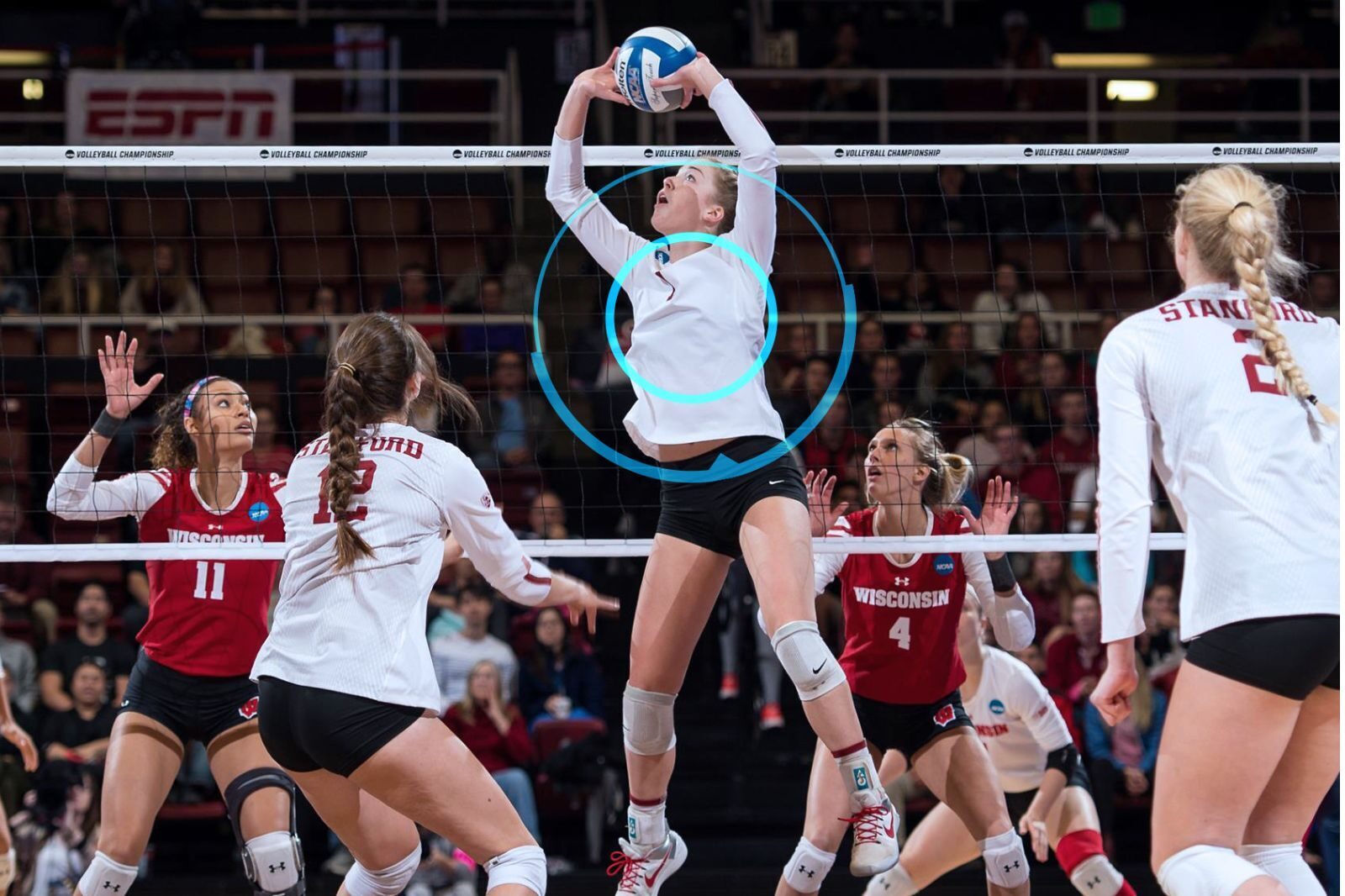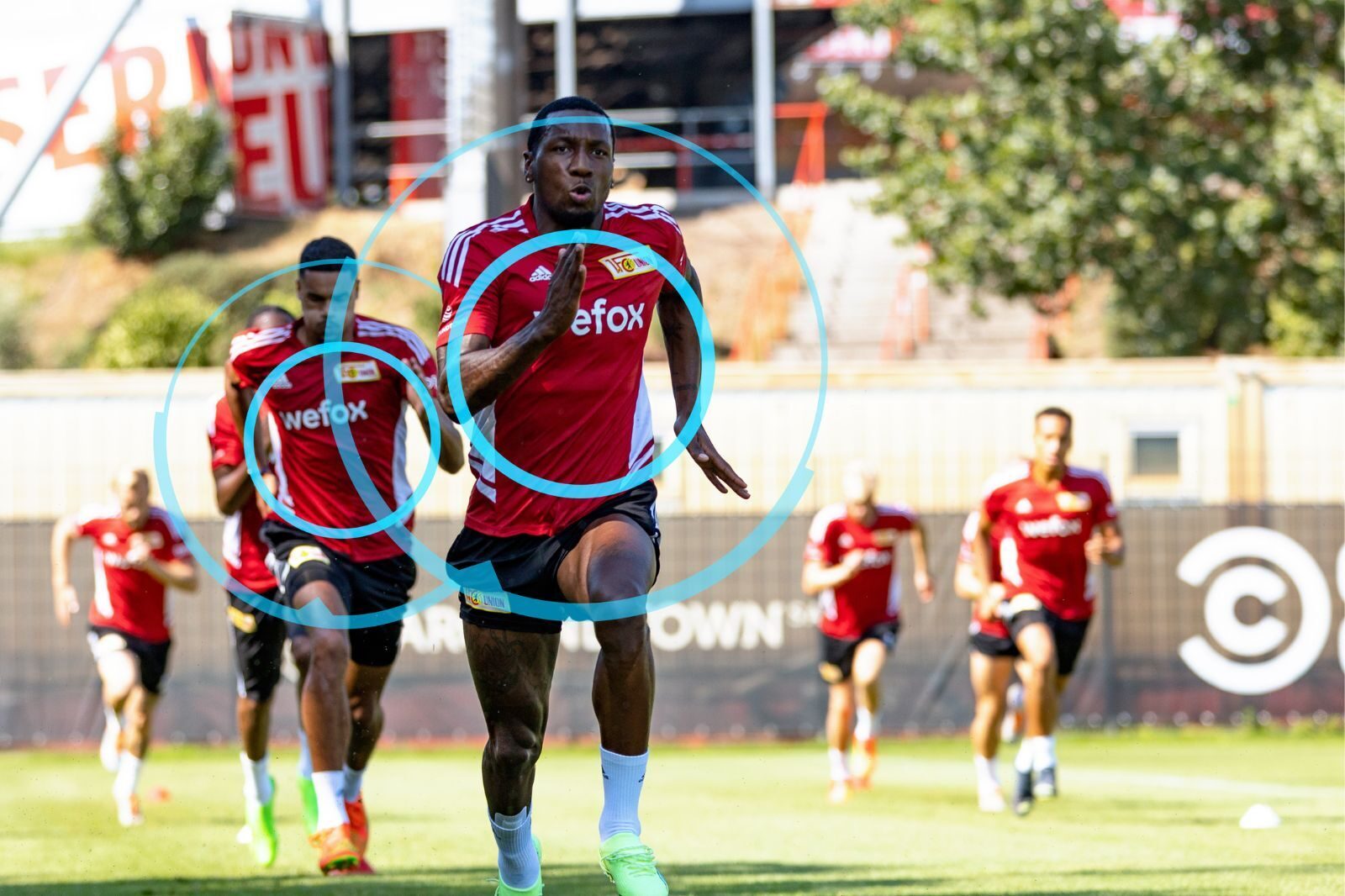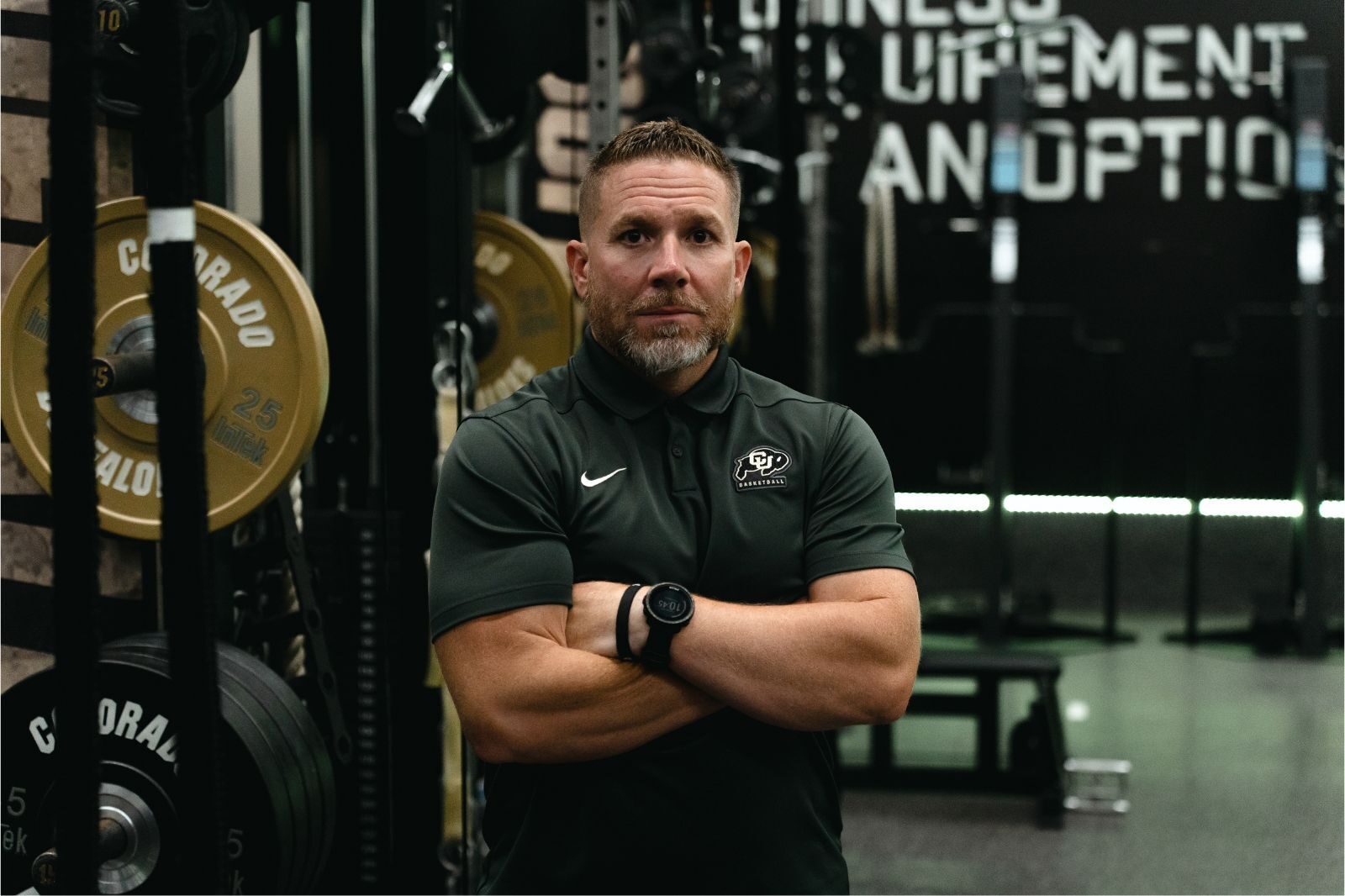Why Tracking Volleyball Analytics with IMU Is a Game-Changer
Player tracking is gaining ground in volleyball. Using key performance indicators (KPIs) helps coaches and players evaluate progress, work towards specific goals, and make informed decisions based on objective data. Chris White, Customer Success Manager at KINEXON and Exercise Physiology Expert, gives insights on how KINEXON’s PERFORM IMU helps transform the sport of volleyball through KPIs in five steps.
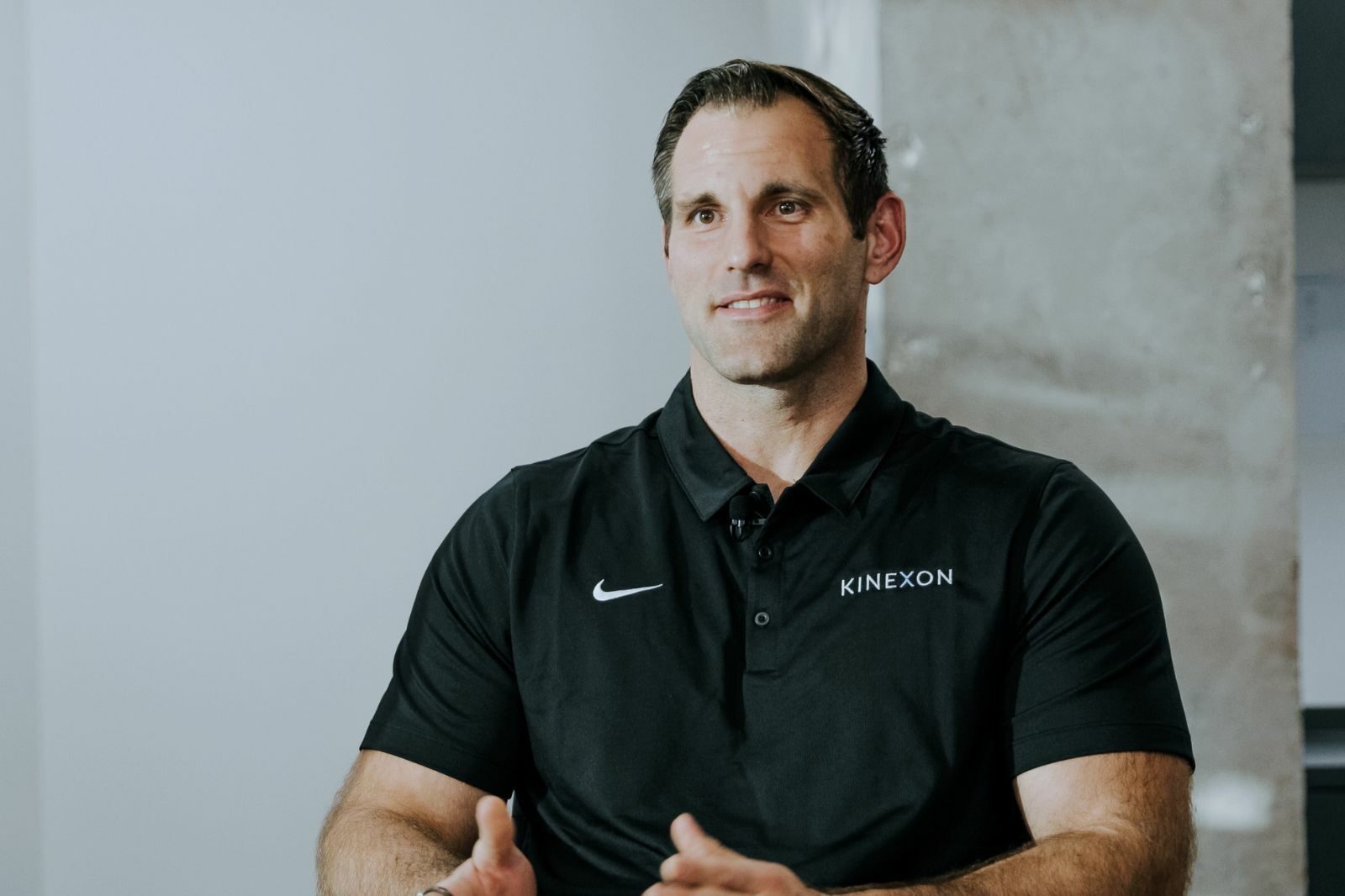
Are you looking for specific data that verifiably helps improve a volleyball team’s performance?
Our recent webinar explores the power of athlete monitoring and player tracking. The complete session is now available on-demand.
Author: Chris White
Some of the most important KPIs in volleyball include accuracy in serving and passing, attack efficiency, blocks, digs, aces per set, and hitting percentage. The success of the athlete in these KPIs is largely determined by their skill. If that is the case, what are the other external pieces of the puzzle that improve the athlete’s ability to consistently use their skills? The ability to ask the right questions about how to develop each player is one of the most important elements.
From a performance standpoint, if you want to know how high an athlete jumps, you don’t perform a bicep curl to find their jump height. So, when looking at the consistent development of volleyball athletes, it is critical to know the demands of both practices and matches.
KINEXON’s PERFORM IMU provides a real-time look at the actual physical demands of skill acquisition (practices) and competitions. Normally, gathering practice data, breaking it down, and analyzing it would take several hours and drastically reduce the amount of time a coach could spend with their family.
Fortunately, the PERFORM IMU simplifies the process by breaking down all the information and presenting it in easy-to-read, detailed reports. These reports can be delivered to the coaching staff within minutes of the end of a session and allow them to spend more time coaching.
The technology delivers real-time data, allowing coaches to adapt training and match plans on the fly. Hence, the KINEXON PERFORM IMU can be a game-changer for coaches, support staff, and athletes.
1. Increased Team Chemistry & Competition
Collecting reliable data provides clear and objective goals and benchmarks for team members to work towards. It also fosters a sense of accountability, as everyone’s contributions and progress towards these goals can be monitored and tracked.
This leads to friendly competition within the team as individuals strive to outperform one another, resulting in higher levels of motivation, engagement and productivity. At the same time, it promotes a sense of teamwork, as individuals can see how their contributions impact the overall performance of the team.
In combination with open communication and constructive feedback, the data can help build trust, respect, and camaraderie among team members, leading to a more cohesive and effective team overall and showing individual athletes where they can contribute more to their team’s success.
Performance tracking’s potential impact
- Highly accurate player-movement, speed, and distance data facilitate in-depth analysis.
- Customized reporting lets coaches address individual players pointedly while seeing how every athlete compares to the rest of the team.
2. Enhanced Player Safety
KINEXON’S PERFORM IMU also provides valuable insights into an athlete’s physical capacity, fatigue levels, and recovery patterns. This information can be used to prevent injury by monitoring the amount and intensity of training and competition and adjusting accordingly.
For example, if an athlete’s performance is declining or they are showing signs of fatigue, coaching staff can adjust their workload to prevent overtraining or burnout.
Performance tracking can also help identify areas of weakness that may increase the risk of injury, allowing coaches and trainers to develop targeted strengthening programs to address these issues. In addition, tracking performance data over time can help detect patterns or warning signs of potential injury before it becomes a problem.
By using performance tracking to optimize athletic performance and minimize risk, athletes can stay healthy, play at their best, and enjoy a longer and safer athletic career.
Performance tracking’s potential impact
- Analyzing specific instances of high efforts for an athlete during a session or phase (exertions) helps determine stress and injury risk.
- A player’s estimated exhaustion level during practices, drills and matches (TRIMP) can help analyze training and match demands, plus if a player needs more aerobic or anaerobic training. Monitoring the metrics over time can assist in detecting an athlete’s fatigue level.
3. Enhanced Performance
By monitoring and analyzing performance metrics, coaches and trainers can identify areas of strength and areas for improvement, allowing them to create customized training programs to help each player reach their full potential.
Performance tracking also allows athletes to see their progress over time, which can help them stay motivated and engaged in their training. Furthermore, performance tracking provides valuable feedback and insights into an athlete’s technique and form, allowing them to adjust and fine-tune their skills to become more efficient and effective.
By regularly tracking volleyball analytics and athletic performance, athletes can identify their strengths and weaknesses, set specific and achievable goals, and receive tailored training and development plans to help them reach their full potential. This leads to improved athletic ability and a higher level of performance on the court.
With KINEXON, coaches and analysts can access a wide range of performance data and use it to make informed decisions about player rotation, tactics, and game strategy, leading to improved team performance and enhanced analysis of the game.
Performance tracking’s potential impact
- Looking at jump height allows coaches to evaluate an athlete’s explosiveness and overall athletic ability, for example, regarding attacking, blocking, and serving.
- Different categories of jump height allow for deeper performance analysis. Per-minute values add comparability between players, sets, practices/matches or playing positions.
- As the overall load produced by jumps, impacts, etc., the “Accumulated Acceleration Load” represents the intensity of a drill, practice, or match for teams and individuals. Combined with the number of accelerations, it gives insights into ATP and creatine phosphate after high-intensity work.
4. Improved Coaching
By monitoring and analyzing performance metrics, coaches can identify areas of strength and areas for improvement, allowing them to create customized training programs to help each player reach their full potential and deliver meaningful performances at crucial junctures.
Performance tracking also provides a clear picture of an athlete’s progress over time, helping coaches make informed decisions about game strategy, player deployment and training schedules. This can lead to improved overall team performance and increased success on the field or court.
By using performance tracking, coaches can make more informed decisions, tailor their approach to each individual player and help their athletes reach their full potential. This leads to improved coaching ability and a higher level of performance from the team. In addition, performance tracking can help identify areas of weakness in a team or individual player, allowing coaches to develop targeted training programs to address these issues and improve overall performance.
Performance tracking’s potential impact
- Quantifying high-intensity movements, especially at low velocities, “Acceleration Load” can weigh accumulated acceleration load sustained from acceleration against deceleration activity. A spike could indicate a need to adjust recovery treatment due to fatigue.
- KINEXON’s reporting functions play a vital role in performance training decisions. Through “Post”, coaches and staff can see the demands and performances after a single practice or match. “Develop” allows tracking physical KPIs over time, monitoring player progress and making informed decisions about training and conditioning programs.
5. Rehabilitation
Athletic tracking can dramatically reduce the number of players on a team’s disabled list. However, injuries still happen. And when they do, tracking performance metrics enhances rehabilitation by providing objective data on an athlete’s progress and ability, allowing rehabilitation professionals to design and monitor effective and individualized rehabilitation programs.
Performance tracking can also help identify areas of weakness, track the progression of an injury, and monitor the effectiveness of various treatments and exercises. By regularly tracking and analyzing an athlete’s performance, rehabilitation professionals can make informed decisions about an athlete’s return-to-play timeline and monitor their progress to ensure a safe and successful return to sport.
Additionally, performance tracking can provide valuable feedback to athletes, allowing them to see their progress and stay motivated throughout the rehabilitation process. By using performance tracking in rehabilitation, athletes can receive more effective treatment, return to their sport more quickly, and perform at their best.
Performance tracking’s potential impact
- Combined with KINEXON’s goal-setting tools, real-time tracking helps coaches react quickly to potential overload and protect players better from injury.
- Enables the medical professional to utilize a criterion-based approach, rooted in real performance data, when preparing the athlete to return to the court.
- Adding heart rate to the mix can indicate overload, particularly when used with external load data like “Acceleration Load” and “Accumulated Acceleration Load”.


